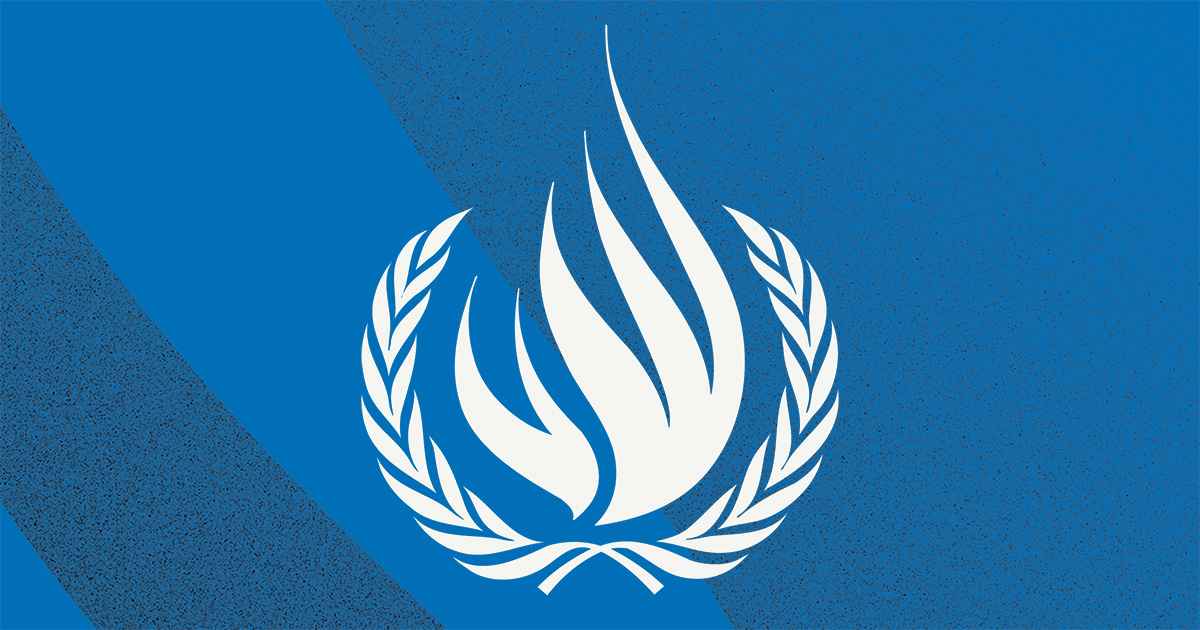
Thomas Lemar, a Caen player at the time, was making his way to a post-game reception with sponsors. “Well, it’s you who’s doing the talking,” said Lemar to his team-mate, Emmanuel Imorou, who had become accustomed to Lemar’s humble and reclusive personality. “He is a little introverted, even shy,” Imorou explained to France Football last year. “He’s a cool, simple guy who just does not feel comfortable with the media or the public.” Lenny Nangis, another former Caen colleague, agreed: “He does not like to put himself forward or talk about himself. He has always been like that.” Lemar has never sought attention but, with mammoth bids imminent – and a €100m move to Arsenal already turned down – he cannot avoid the attention for much longer.
Guadeloupe may not seem like a hotbed of football talent but Lilian Thuram and Jocelyn Angloma both grew up on the Caribbean island so the fact the island’s football technical director, Franck Louis, describes Lemar as “the best player that Guadeloupe has ever known” is no small compliment. “He did not like to lose, even when he was 10cm shorter than everyone else,” recalled Louis. “His competitive side was not expressed by ranting, but by hyperactivity on the pitch: anywhere the ball was, Thomas was there too. He absolutely wanted to have influence.”
At the age of 13 he was out-thinking and out-playing the best footballers on the island, which caught the eye of Caen. The club, in Ligue 2 at the time, brought Lemar across the Atlantic in 2010. Even though the transition from Guadeloupe to Normandy was tough, he eventually settled and helped them earn promotion to Ligue 1 in 2014. Caen manager Patrice Garande initially kept Lemar on the fringes in the top flight, a role that greatly frustrated the young player, but as the season went on he graduated from the bench to a starting role – alongside N’Golo Kanté. He finished the season by performing brilliantly for France’s Under-21 team as they won the Toulon Tournament in 2015 and signing for Monaco for a minuscule fee of €4m.
Although seemingly plucked from obscurity, Lemar’s story is typical of French football. The astonishing depth at the disposal of French national coaches at all levels is born out an ingrained system of youth development. Young players are able to hone their craft in the sprawling but competitive lower divisions for a provincial outfit or a bigger club’s B team. Standout talents are then swiftly afforded opportunities to develop at senior level either for smaller Ligue 1 clubs or in the second division. When key assets are sold on, regularly for club-sustaining fees to foreign sides, the teams then look in their youth ranks or lower down the league structure to fill gaps in their squads, just as Monaco did when they signed Lemar.
The players have to play their parts too and Lemar did that at Monaco. When João Moutinho and Jérémy Toulalan picked up injuries in his first season with the club, he seized his chance and exerted his influence on what was then a frustratingly blunt attack. He is currently on the verge of the final step in this well-trodden developmental path. Lemar may not cross the channel this month but a move in the summer remains almost inevitable, as Arsène Wenger said in September: “€100m for Lemar? Yes all true, I wanted him. He decided to stay at Monaco. We will come back for him.”
Arsenal could suit Lemar but he should not be seen as a direct replacement for either Alexis Sánchez or Mesut Özil. During their rampaging run to the Ligue 1 title last season, Monaco’s 4-4-2 system practically became enshrined in the laws of the Principality. Lemar was nominally the left-sided midfielder but Jardim’s set-up should perhaps be described as a 4-2-2-2 with the marauding Benjamin Mendy and Djibril Sidibé providing width from full-back. Fabinho and his lieutenant, Tiémoué Bakayoko, had the strength and mobility to let midfield duo Lemar and Bernardo Silva drift off their flanks and operate almost as duel No10s.
Although Lemar is capable of attacking full-backs at pace and providing beautifully whipped deliveries that would make David Beckham proud, playing him as a left-sided player in a 4-2-3-1 would not play to his true strengths of supreme technical quality, vision and the ability to play in tight spaces with others. He would be better suited to a role just off the central striker, playing closer to other forwards and encouraging his waspish high press and ability to win back possession quickly.
There is a fierceness to Lemar’s play. Everything is executed at pace and with power and he is constantly on the move, looking for an opportunity to affect the game. He remains, for now, part of the collective rather than an orchestrator of games who will grab his team by their collective collars and drag them out of danger. Although Lemar’s abilities suit the No10 role, this is a position and, more importantly, a responsibility, he is yet to master. He is only 22 so may develop, but it remains to be seen whether he can become a creative director for a top side.
Jürgen Klopp’s fluid 4-3-3 at Liverpool might prove better fit, both in design and ethos. Lemar is cast in a similar mold to Philippe Coutinho and could prove a worthy successor to the Brazilian. A slot as the most forward-thinking of a flexible midfield three would be his ideal position, encouraging him to play off those around him, create chances others and ghost into awkward spaces where he is difficult to pick up. Lemar would happily pop up in Jordan Henderson’s slightly deeper position or in either of the wider roles.
Lemar would be an asset to any side in Europe. Despite his cool and unassuming exterior, a fiery yet focused determination simmers underneath. As former Caen academy coach Phillippe Tranchant put it: “He is very ambitious. This ambition always remains in the service of the collective. He is too educated and respectful to do what Ousmane Dembélé did to leave Dortmund, for example.” It would be a mistake to underestimate his talents; the youngster from Guadeloupe has always said everything he needs to say with a football.The Guardian Sport












